The family members and friends on both sides also choose a colour that complements the one chosen by a bride and groom. In some families, the same material (type and colour) is chosen and bought be all close family members and friends of both families. All these also depends on how wealthy the two families are. You can see examples in some of the pictures used in this article.
The traditional engagement ceremony
The traditional engagement ceremony is coordinated by the Alaga Ijoko which can be translated as the master of the ceremony. The Alaga Ijoko is usually a family member with experience but sometimes a complete stranger who is a professional. In the Yoruba culture, the Alaga Ijoko is often a woman. Her responsibilities evolve around properly coordinating and officiating the proceedings of the ceremony and to make sure the provision of the cultures is adhered to. The Alaga Ijoko coordinates different stages of the ceremony, each of which might involve a collection of money.
The family of the groom also hires a professional or someone with experience as the Alaga Iduro. The Alaga Iduro follows the groom’s family to request from the bride’s family the hand of their daughter in marriage. The Alaga Iduro, usually a woman also must be a good custodian of the traditions of the Yoruba wedding ceremony. And just like the Alaga Ijoko, the Alaga Iduro can be a family member or a hired professional.
The ceremony begins with the arrival of the bride’s family. Then the groom’s family are invited to the venue of the ceremony. The Alaga Ijoko moderates the entering of the groom’s family and seeks permission from the bride’s family before they are allowed to enter and seat. She then continues with the purpose of the gathering and other protocols.
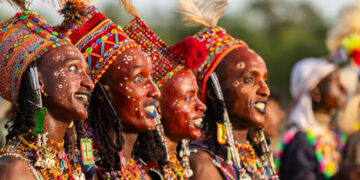

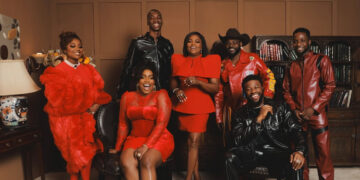


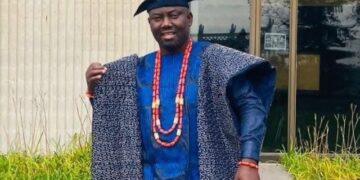




















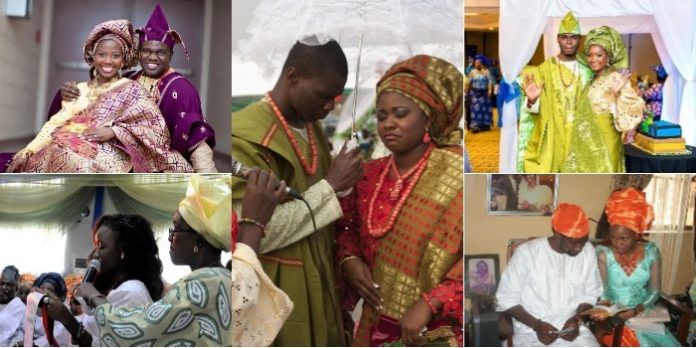
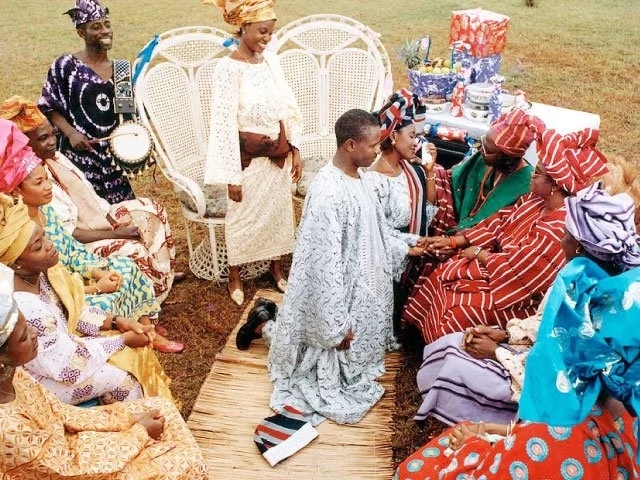









Discussion about this post